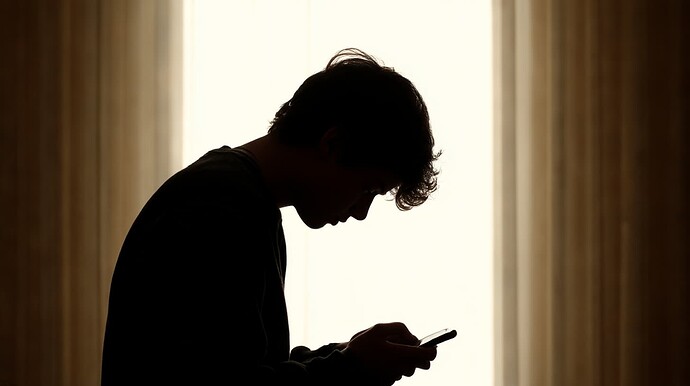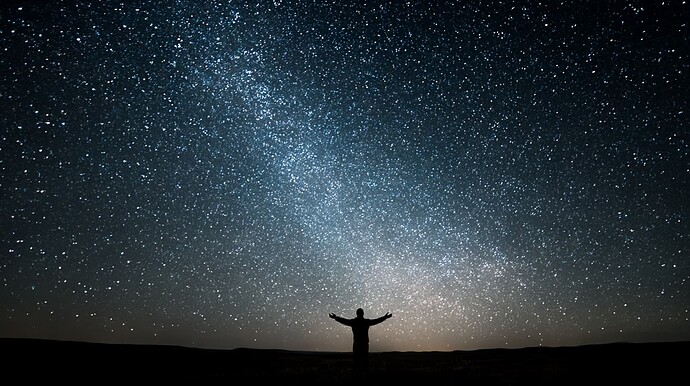The Shape of Our Emotional Postures
What we do habitually affects our posture, right? If I spend hours each day with my head down, looking at my phone, my muscles adapt. My head starts jutting forward. It becomes the new normal for my body.
Teenagers, adults, even elders — you can see it. Their heads so far forward of their shoulders… their balance thrown off. That’s not how we were built. Our structure is meant to stack in alignment.
But the body remembers what we do the most.
The good news? With attention and practice, we can retrain that. Muscles, fascia, even bones — they all respond to the signals we send through our revised, refreshed daily patterns.
But here’s the thing that hit me even deeper: the same is true for our emotional posture.
Just like we inherit skeletal tendencies from our ancestors, we also inherit emotional defaults. If your father avoided emotion at all costs, that avoidance lives somewhere in your system. If your mother coped by worrying, chewing on worst-case scenarios over and over — that becomes part of your emotional stance.
It’s not your fault. But it is your response-ability if you want to change it.
Because… emotional postures don’t shift just because we want them to.
They change with the same kind of intentionality we bring to changing our body. Like how someone with a weak back doesn’t just wake up one day with strength. It takes awareness, daily engagement, and minute shifts. You don’t just stand up straight and stay that way if your muscles have been curled in to protect your heart for decades.
I remember being a teenager, told to “stand up straight.” As if it were that simple!
But I had spent years hunched over, guarding myself. My chest, my shoulders, even my belly — they were tight, compressed. There wasn’t room in me for uprightness, not without pain. It took both emotional healing and physical practice to find a new posture.
And now? I keep tending to it. Mobility. Strength. A full range of motion — that’s what I aim for physically. And emotionally, too.
I notice the habits. The ways I get up from a chair, brush my teeth. It’s all pattern. Humans repeat their motions and emotions like scripts. Want to shake someone awake? Have them brush with the other hand.
Want to open a new emotional pathway? Ask: What would a calm and confident person see here? How might someone resilient feel in this moment?
Those aren’t just questions — they’re openings. They create tiny shifts in posture. And every time we do that, we build resilience and range.
Our physical and emotional bodies learn from repetition. They remember what they practice. If we practice anxiety, we get good at anxiety. If we practice calm confidence, even just for a few breaths, we strengthen those energetic muscles. We expand our emotional range. We give ourselves more room to move, to respond, to be free.
And this isn’t just about mood. It’s spiritual, too. How do we posture ourselves in relation to the divine? Are we rigid? Guarded? Or are we dancing, flexible, engaged in a conversation with something vast and wise?
People say humans don’t change. And that’s mostly true… unless they’re really curious and willing. That’s the turning point. The capacity is already there — but it won’t activate unless we want it. Unless we’re willing to get just a little shaky, try something new, feel our way into unfamiliar territory.
So, try a new posture. Physically. Emotionally. Spiritually. Even if just for a moment. Even if you wobble. That’s how we build the strength to thrive — from the inside out.
Useful Concepts for Thriving in This Story
-
Awareness
Awareness invites us to notice what’s real beneath the noise—and respond with care. -
Resilience
Resilience is the capacity to skillfully return to calm confidence after a stress or strain. -
Emotional Freedom
Emotional Freedom honors our full range and invites us to move fluidly through it. -
Curiosity
Curiosity opens up new possibilities through exploration, not just information. -
Calm and Confident
Calm and Confident is a steadying energy that supports presence and adaptability.

